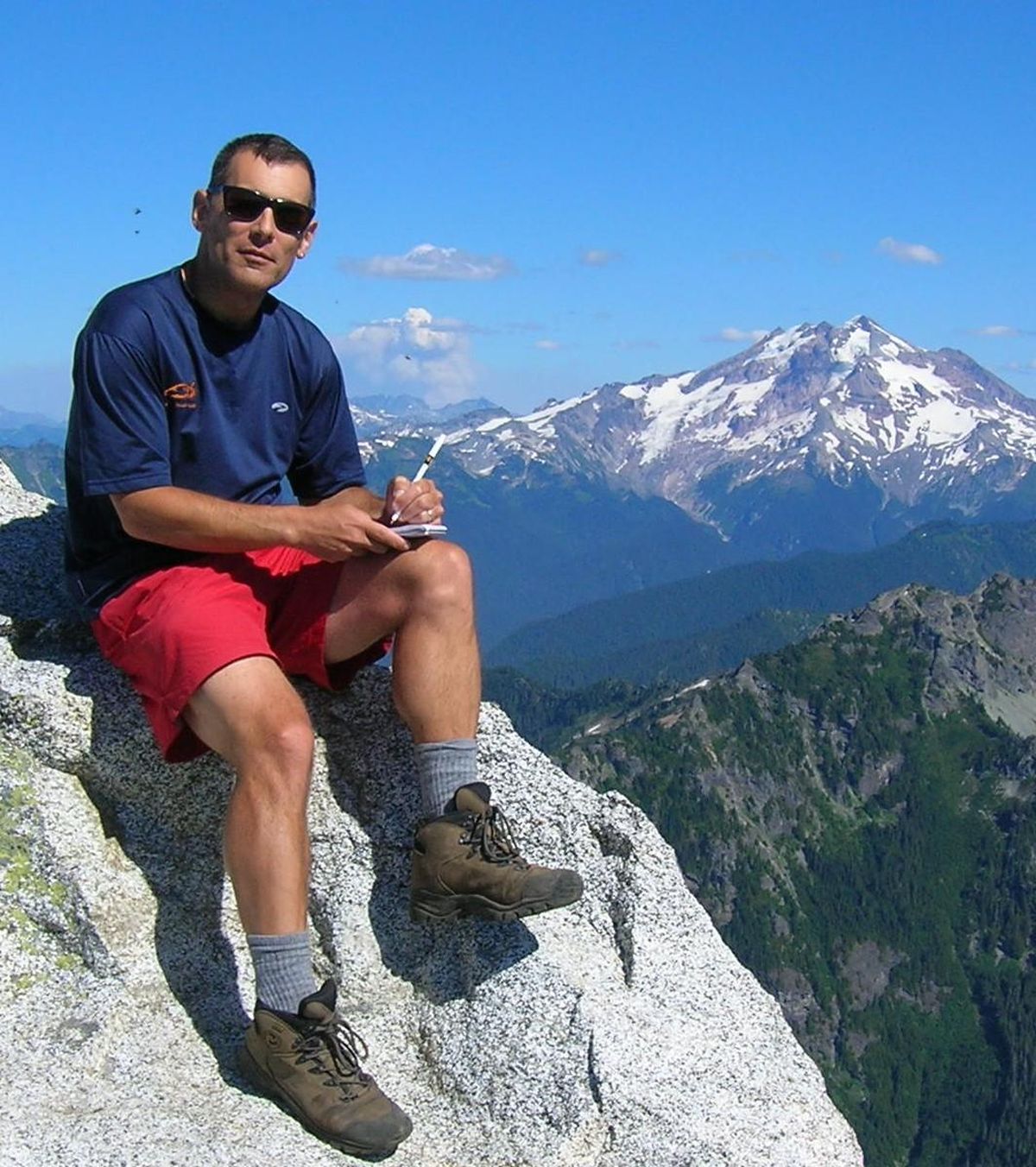Veteran hiker Craig Romano revises ‘Classic’ trail guide

Over more than 30 years devoted to exploring, hiking, documenting and publishing throughout the Northwest, Craig Romano of Mount Vernon has become perhaps the top expert on Washington trails. His goal has been to set foot on every trail in the state.
“I’ve logged about 25,000 trail miles in Washington alone,” he said.
Who better to update and expand a third edition of the venerable “100 Classic Hikes in Washington” guidebook (Mountaineers Books, 21.95). The book was first published in 1998 by award-winning conservationists Harvey Manning and Ira Spring,
Don’t throw away old copies of the first two editions; Romano’s version retains only about half of the original hikes. For example, Manning/Spring featured 28 hikes in the North Cascades, while Romano narrows it down to 21 to help make room for areas the original edition ignored, such as the Columbia Gorge and sweet spots in Eastern Washington.
“The original book was Western Washington-oriented, while I’ve revamped it to represent the entire state,” Romano said.
The book still features standout hikes in the North and South Cascades (including Mount Rainier), the Glacier Peak and Alpine Lakes wilderness areas and the Olympics. But Romano has used his wide-ranging expertise to single out trips in other specific areas – with full-color maps – from the San Juan Islands to the Mount Misery Trail in the Blue Mountains south of Pomeroy.
Users get the full flavor of what Washington has to offer. While the 93-mile Wonderland Trail around Mount Rainier is a clear “classic,” Romano also has added the 3-mile trail on Kamiak Butte to introduce hikers to the Palouse.
“I sought out trails that highlight the beauty and unique areas of the entire state,” he said.
Some of the “classic hikes” are better known than others. Mount Si, being just off I-90 near Seattle, is perhaps the most popular trail in the state.
“Popularity doesn’t mean it’s the best, but it’s a classic, the Mount Fuji of Washington,” he said.
Among the many much more remote hikes in the book is Eagle Cliff, a 3-mile route on Cypress Island, which requires a boat for access. Cypress is a San Juan Islands nature preserve that narrowly escaped megaresort plans filed by Spokane developer Raymond Hanson.
Following the lead of Manning/Spring, many of the selections for “classic hikes” owe to political considerations for areas that need public awareness for preservation.
Tiffany Mountain in the Okanogan-Wenatchee National Forest is an example of a beautiful area that’s significantly protected but worthy of the more solid permanent preservation afforded by wilderness, Romano said.
While some of the hikes rank as easy, some are extremely challenging. One of his favorite workouts for an eye-popping reward is Sourdough Mountain in the Ross Lake National Recreation Area. The 11-mile round-trip trek gains a daunting 5,100 feet of elevation to a fire lookout site.
But the views are “worth every ounce of sweat you’ll expend,” he said.
A list of 100 hikes is a lifetime goal for most people, yet Romano knows the trips only scratch the surface of what Washington has to offer.
“I also work to get people onto trails less traveled,” he said, noting that another one of his projects is a series of books on urban hiking.
Regardless of what trail he’s describing, Romano usually incorporates his background in history to give readers much more than directions to a pretty view.
“I do a lot of research, checking out historical texts if available, and, of course, the fun part, which is getting out there,” he said.